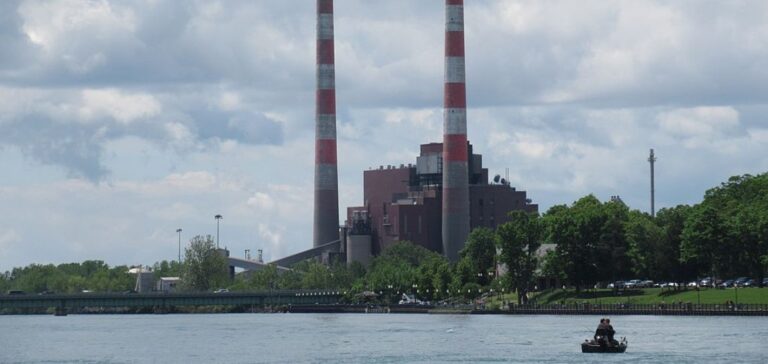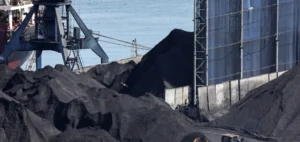DTE Energy, a clean energy producer in Michigan announces the closure of two coal-fired power plants.
Shutdown of two coal-fired power plants
In doing so, DTE Energy is moving southeast Michigan closer to a carbon-free future. In addition, the company places workers in new jobs. This decommissioning of the Trenton Channel and St. John’s coal-fired power plants is a major step forward. St. Clair marks an important step in DTE Energy’s transformation plans.
As a result, nearly one-third of all electricity generated by the company now comes from carbon-free resources. However, DTE Energy maintained the St. Louis plant as a stand-alone facility. The St. Clair power plant has been on standby since the summer to meet the high demand for electricity in winter. Jerry Norcia, President and CEO of DTE Energy states:
“The retirement of these plants is another step in DTE’s plan to provide affordable, reliable and clean energy via a modern grid that meets the needs of our customers’ changing lifestyles and our state’s new economy. These actions today will lead to a cleaner environment and energy future for Michigan families, communities and businesses.”
Trenton Channel and St. John’s power plants The St. Clair Hospital has been in operation for nearly 100 years. The Trenton plant operates from 1924 to 2022, and the St. Catharines plant operates from 1924 to 2022. St. Clair from 1953 to 2022. Both are witnesses to the economic history of southeast Michigan.
A plan for the future
The Trenton plant, following its expansion in 1950, generated 1060MW of power. The one in St. Petersburg The St. Clair plant generated nearly 2000MW. Jerry Norcia, President and CEO of DTE Energy states:
“We are proud of the legacy and role of these plants, which served our country in wartime and provided the critical energy needed to power Michigan’s industrial heartland for decades, supporting generations of Michiganders and the businesses and plants that have made our great state a world leader. We are grateful to the thousands of employees and retirees who have worked at the Trenton Channel and St. Clair power plants over the years and who will continue to grow with us as we maintain the tradition of adapting to anticipate and meet the changing energy needs of our state. We also want to express our appreciation to St. Clair County and the City of Trenton for being great hosts and long-time partners with DTE.”
DTE Energy is releasing its CleanVision integrated resource plan on this occasion. It’s a 20-year proposal to radically transform the way the company generates electricity. The proposal has as main points, a diversification of clean energies and the reduction of carbon emissions.
The company wants to develop more than 15,000MW of wind and solar energy to power about 4 million homes and businesses. It also aims to reduce the cost of the energy transition. Finally, the company plans to end the use of coal in 2035 and invest $9 billion over the next ten years.






















